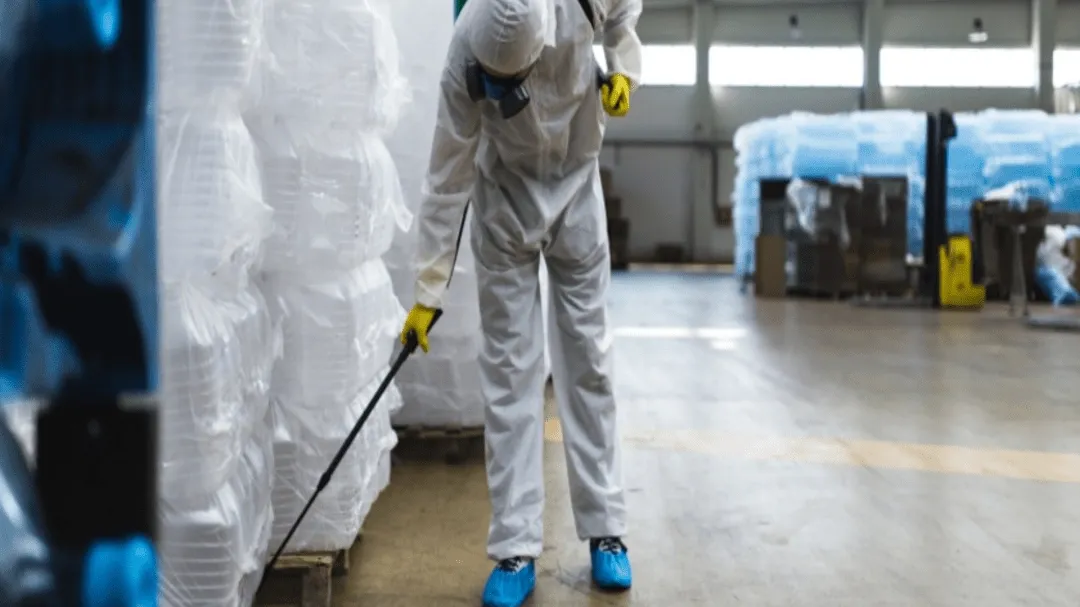What is a warehouse?
A warehouse is a critical structure used for storage and logistics by manufacturers, exporters, importers, and wholesalers. In the food industry, warehouse design goes beyond just storage—it involves stringent hygienic engineering principles to ensure food safety, quality, and compliance.
Well-designed food-grade warehouses serve as vital nodes between farms, processors, distributors, and retailers, making them central to any food processing consultant’s infrastructure recommendations.
Food Grade Warehouse

A food-grade warehouse is engineered to meet stringent hygiene and safety standards set by federal, state, and local authorities. These warehouses provide specialized storage conditions such as:
- Cold or frozen storage
- Dry storage
- Chilled or refrigerated storage
To comply with food consultancy services and regulatory expectations, food-grade warehouses must prevent:
- Leaks in walls, foundations, or roof
- Pest or rodent activity around the building
- Damaged windows or exposed pipes
- Improper chemical storage near food items

Principles for Food-Grade Storage
As promoted by engineering consultants and food technology specialists, the following principles ensure hygienic operations in food warehousing:
a. Documented Food-Grade Storage Protocols
- Maintain detailed logs of cleaning, maintenance, and sanitation activities.
- Record employee training in:
- Personal hygiene
- Food safety
- Incident management
- Quality control
- Traceability
b. Pest Control Measures
- Implement proactive pest control systems.
- Schedule quarterly updates and log all corrective actions.
- Use barriers around the perimeter to deter rodents and insects.
c. Lot Traceability Systems
- Enforce FIFO (First-In, First-Out) inventory rotation.
- Use barcode tracking and date-code-based lot traceability software.
- Ensure traceability from receipt to dispatch.
Maintaining Hygiene at a Large Warehouse
Proper hygiene isn’t just good practice—it’s essential for meeting GMP standards and supporting the food manufacturing consultant’s design protocols.
Staff Hygiene Protocols
- Promote frequent handwashing and use of PPE (gloves, caps, aprons).
- Train staff to avoid cross-contamination.
- Provide hygiene stations at entry and handling points.
Cleaning and Disinfection
- Regular sweeping, mopping, and surface sanitization
- Disinfect high-touch areas like benches, loading zones, and controls
- Eliminate residue that may attract pests or spoil food items
Failing to maintain hygiene can result in:
- Product recalls
- Reduced employee productivity
- Safety violations and regulatory penalties

Hygiene Protocols for Warehouse Facilities Managers
a. Daily Cleaning Schedules
- Create a warehouse cleaning checklist
- Ensure:
- Daily equipment cleaning
- Waste bin disposal
- Surface disinfection
b. Routine Safety & Hygiene Inspections
- Conduct scheduled audits to:
- Detect compliance gaps
- Monitor air quality and temperature zones
- Assess building integrity
- Use warehouse hygiene management apps for easier audit tracking.
c. Encouraging Good Hygiene Among Employees
- Display hygiene signage at key locations.
- Provide training on hand hygiene, workstation sanitation, and common area cleanliness.
- Enforce a culture of responsibility and safety.
Conclusion
For food business consultants, warehouse hygiene is a cornerstone of operational excellence. Clean, compliant warehouses:
- Prevent contamination
- Boost employee morale
- Maintain product integrity
- Meet national and international food safety standards
Post-COVID, maintaining hygienic food-grade storage has become even more crucial. Facilities adopting advanced hygiene protocols and modern food-grade design principles will lead the industry in safety and efficiency.
Reference
Wikipedia – Warehouse
CWI Logistics – Food Grade Warehousing Guidelines
SpaceVac – How to Maintain Hygiene at Large Warehouse
eLocker – Hygiene Protocols for Warehouse Managers
 PMG stands for Projects Management Group. We provide state-of-the-art Engineering Services to build world-class food processing factories.
PMG stands for Projects Management Group. We provide state-of-the-art Engineering Services to build world-class food processing factories.  Engineering is the difference between Chaos and Excellence. If you are going to do it, do it right.
Engineering is the difference between Chaos and Excellence. If you are going to do it, do it right.  Explore the diverse range of Products in the Food Processing Industry.
Explore the diverse range of Products in the Food Processing Industry.  Explore the technologies at the heart of the the Food Processing Industry.
Explore the technologies at the heart of the the Food Processing Industry. 


 Back
Back 



